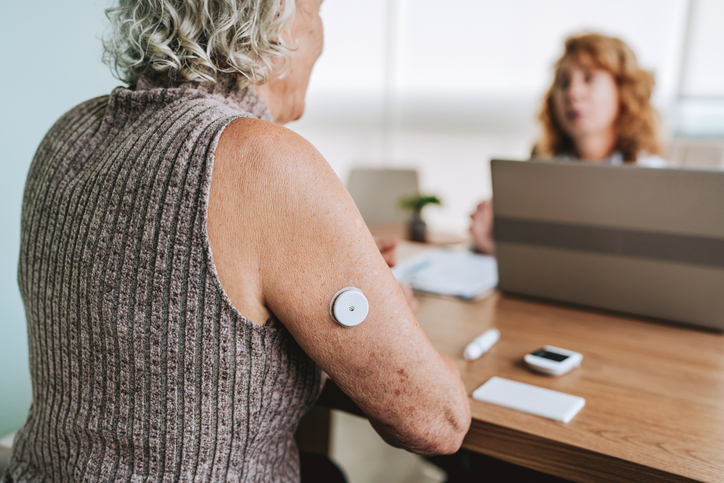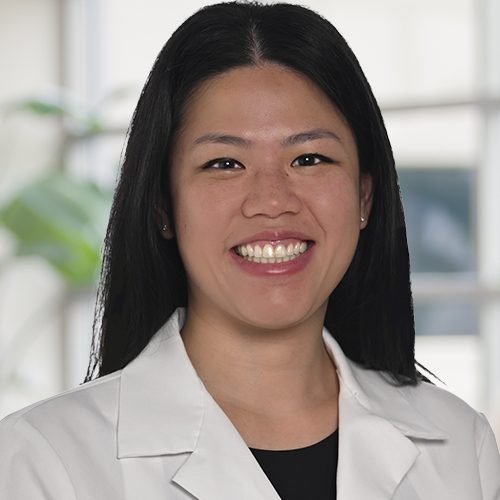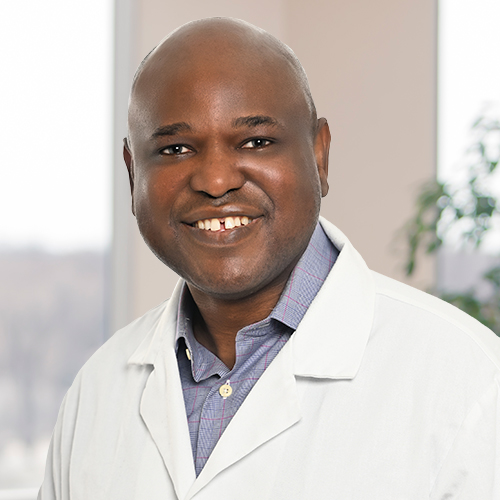Diabetes Screenings: Key Guidance from an Endocrinology Specialist
October 2, 2025
Categories: Diabetes and Endocrinology
Tags: Diabetes, Preventive Medicine
 Catching diabetes early is an integral part of one’s personal care. The real impact comes from what you do first, and what you do next. In this article, Dr. Sara Yap from Riverside Diabetes and Endocrinology Specialists shares clear, practical guidance about screenings so you know exactly when you should take action, what screenings you should have, and what your numbers mean (and how to act on them).
Catching diabetes early is an integral part of one’s personal care. The real impact comes from what you do first, and what you do next. In this article, Dr. Sara Yap from Riverside Diabetes and Endocrinology Specialists shares clear, practical guidance about screenings so you know exactly when you should take action, what screenings you should have, and what your numbers mean (and how to act on them).
Why Regular Screening Is So Important
Early detection is only the beginning. Consistent follow-up is what protects your eyes, kidneys, nerves, heart, and day-to-day quality of life. Dr. Yap explains how regular assessments turn screening results into action.
“The importance about these health screenings is it tells us, ‘Has diabetes affected the other organs of the body? And for those who have these organs affected, is it progressing or getting worse?’ That's what we need to know.”
Who Should Be Screened—and With What Tests?
Dr. Yap urges that screening shouldn’t wait for symptoms. According to the American Diabetes Association, everyone who is more than 35 years old and any person with certain risk factors—which include family history of diabetes, history of gestational diabetes, high blood pressure, cholesterol, and PCOS—should consider this route. Your primary care provider may order an A1C, random glucose, or oral glucose tolerance test to help you choose the right option.
After Diagnosis: Understand Your “Glycemic Status”
For people living with diabetes, follow-up is structured and frequent. “We do what we call glycemic status assessment, and that tells us how a person is managing their blood sugar levels,” notes Dr. Yap. Patients should expect:
- A1C every three months
- Daily glucose checks via fingerstick (as instructed)
- Continuous glucose monitoring (CGM) when appropriate
These touchpoints help you and your care team adjust nutrition, activity, and medications before problems escalate.
Screening for Common Comorbidities
Comorbidities are often referred to as “the conditions that travel with diabetes.” Meaning, they accompany the diabetes diagnosis. The most common areas to watch include:
- Cardiovascular disease (blood pressure, cholesterol, heart attack or stroke risk)
- Kidney disease (nephropathy)
- Nerve damage (neuropathy), which can lead to foot ulcers
- Eye disease (diabetic retinopathy)
- Metabolically associated fatty liver disease
Regular screening finds silent changes early, when they’re most treatable.
What to Check (And How Often)
One key screening is a diabetic retinal exam, which many people deny at their regular eye health visit. “Don’t be afraid of that,” Dr. Yap reassures. “You just go and get your eyes dilated, and they’ll look at the back of your eye to see if the disease has affected that part of your anatomy.”
The frequency of this screening is typically every one to two years based on one’s status. Access is very convenient. “Each of our primary care clinics has this device called RetinaVue. It's rotated among the clinics, which allows them to be able to check for diabetic retinopathy. Patients can also go see their optometrist as well as their ophthalmologist if that is preferred,” she notes.
Additional recommendations from Dr. Yap include the following.
- Foot exam with sensation testing (not just a visual check): Annually.
- Kidney and liver labs (including urine protein): At least annually.
- Cholesterol panel: At least annually.
Why General Preventive Care Is Essential
“I always want to make sure that patients don’t forget regular health maintenance,” advises Dr. Yap. For example, mammograms, colon and lung cancer screening, dental care every six months, immunizations, mental health, and osteoporosis screening. “One of the most important things we tell patients is that they should have a primary care provider and they should see them at least once a year,” she adds.
Local Access Matters, Especially in Pregnancy
Personalized, ongoing relationships are central to endocrinology. “I really appreciate the opportunity to provide continuity of care. Getting to see patients get better physically, mentally. That is the most rewarding thing,” says Dr. Yap. And, having services in the community removes barriers: “It’s great to have access right here, without needing to drive an hour or two, particularly for our pregnant patients. They require a lot of very close follow-ups, and having it here in the community is truly valuable,” she adds.
Take Charge of Your Own Health
“Diabetes is a chronic condition,” Dr. Yap emphasizes. “Your primary care provider, in addition to us serving as your endocrinologists, are here to help you with that. But, the most important thing is for our patients to take into account their own health. To really have the effort and motivation to take care of their health.”
One last note: Between visits, Riverside’s digital tools keep everyone on the same page. Patients can view test results, request refills, and schedule appointments through MyRiverside MyChart, so their data and next steps stay organized.
Learn more about Riverside's Diabetes Wellness Center, visit myrhc.net/diabetes or call (815) 936-6515.


